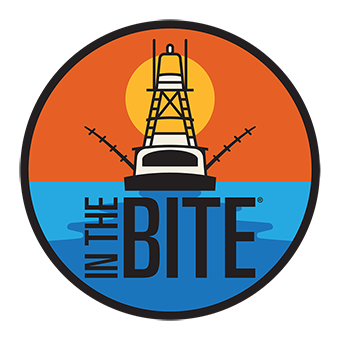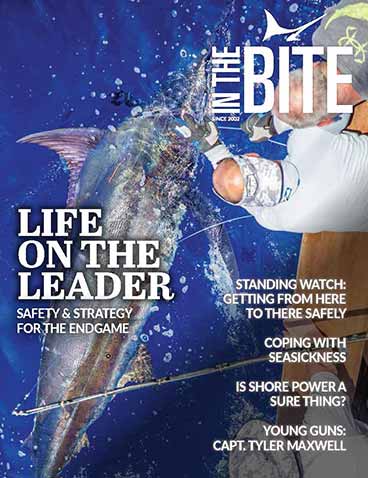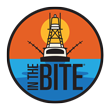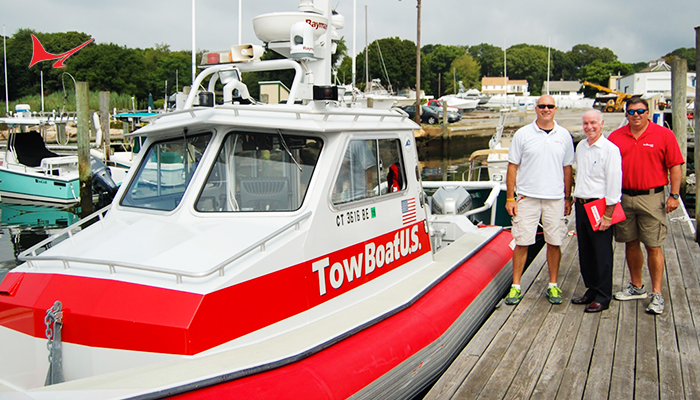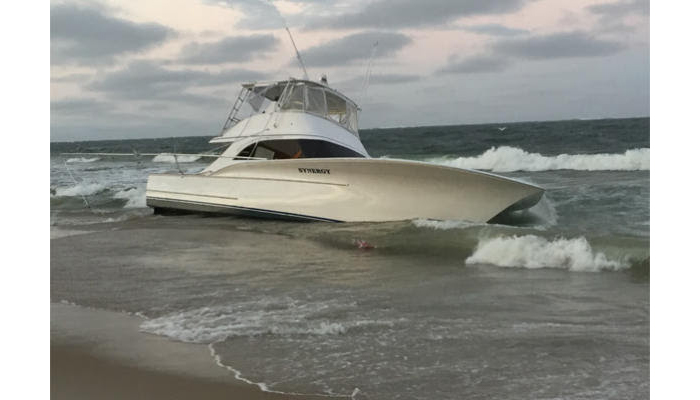Merchant Mariner Credential Examinations Coronavirus Update
National Maritime Center, Aug. 24, 2020”The Coast Guard is aware of the need to restart the examination process to allow mariners to obtain or upgrade credentials. We know the closure of our Regional Exam Centers (REC) and Monitoring Units (MU) due to COVID-19 has negatively affected mariners, maritime employers, and
